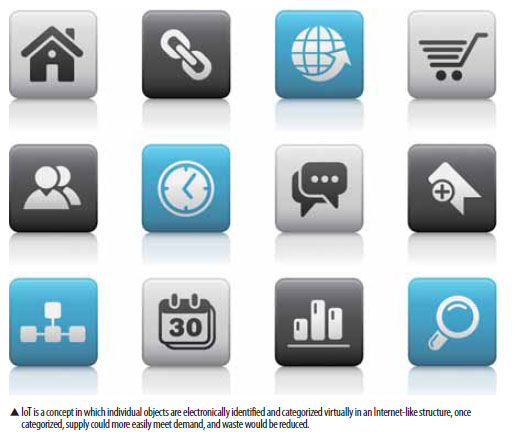9.BEYOND H.264
H.264 has become the de facto compression technology for video surveillance systems. However, a combination of factors in 2012 could lead to advancements in video surveillance compression: (1) the flooding in Thailand; (2) the global economic climate; and (3) the phenomenal growth of HD and megapixel cameras.
In 2012, shipments of HD and megapixel cameras are forecast to increase by more than 70 percent, compared with the previous year. While the accelerated proliferation of high-resolution security cameras provides end users with benefits, such as greater clarity when viewing live video, the storage costs can be significant due to the larger file sizes. Some of the potential compression alternatives are as follows.
A.H.264 SVC
While there are many different variants of H.264 available on the market, the scalable video coding (SVC) variety, despite being well-established in other industries, is still not commonplace in the video surveillance industry. The key benefits of the SVC variant include a reduction in bandwidth (leading to a reduction in storage requirement) and dynamically resizable video.
B.WEBM
An open and royalty-free video compression format based on VP8, it is debatable whether WebM is more efficient or performs better than H.264. However, WebM is optimized for HTML5 video, which could be a key consideration in VSaaS applications. The stumbling block is that WebM currently does not have an associated real-time streaming protocol.
C.HEVC
High-efficiency video coding (HEVC) is still under development and is seen to be the evolution of H.264, providing increased compression efficiency. Ratification of this new standard is not scheduled until late 2012/ early 2013.
So, what will happen in 2012? It would be fair to say the video surveillance industry is not on the cutting edge of technology advancements in video compression. Longer term, HEVC is perhaps the most likely successor to H.264, but that will depend on just how much better it performs and its suitability for video surveillance applications.
 10.INTERNET OF THINGS IN CHINA
10.INTERNET OF THINGS IN CHINA
One trend which is unlikely to have a big impact on the video surveillance market in 2012 but will receive more publicity and have a longer-term impact is the Internet of Things (IoT).
IoT is a concept in which individual objects are electronically identified and categorized virtually in an Internet-like structure. To be identified, such objects need to contain a tag such as an RFID tag. Once categorized, supply could more easily meet demand, waste would be reduced, and it would be possible to find objects when they become lost.
IoT is receiving a lot of attention in China. The Chinese central government is strategically focusing on the development of seven emerging industries. These industries are expected to enjoy preferential policy treatment in a number of respects. New generation of information technology (NGIT) is one of these industries; and IoT is one of the most important parts of NGIT.
China has installed millions of video surveillance cameras over the past 10 years, and these cameras could provide a source of information to verify the categorization of objects for IoT. It is questionable whether IoT will drive new investment into security cameras. However, the expected benefits of IoT will help justify public expenditure on video surveillance equipment.